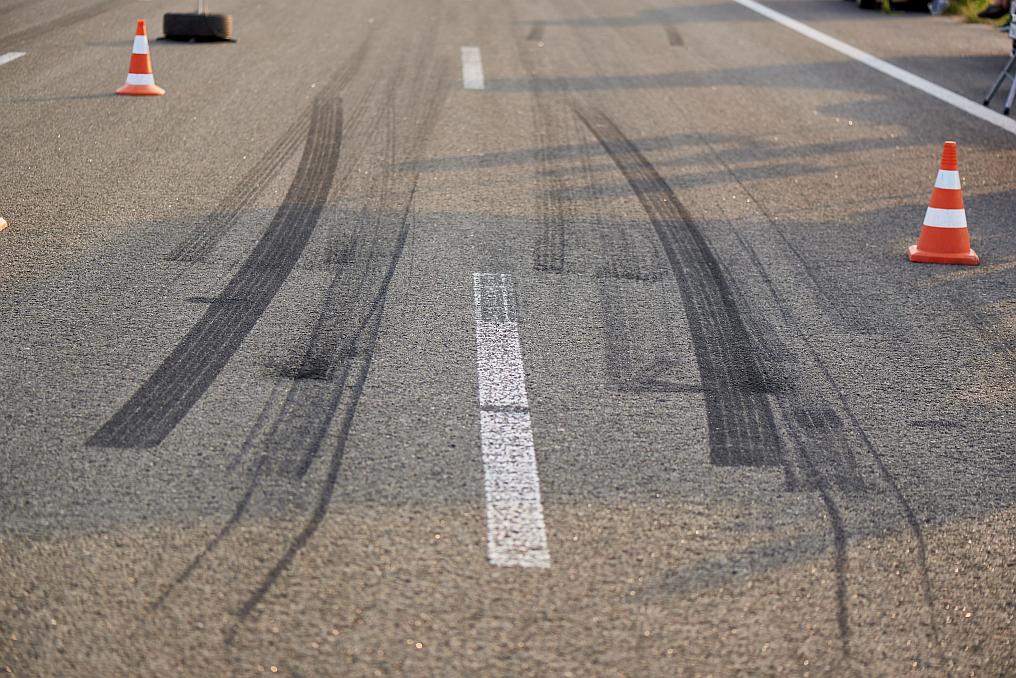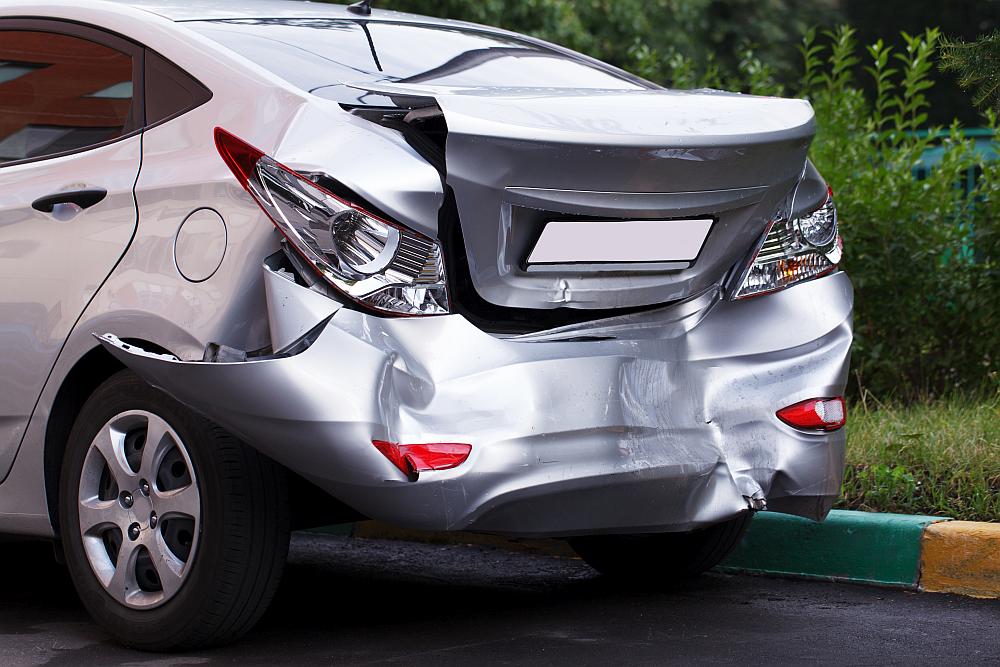Drowsy driving is one of the most common causes of truck accidents in the United States. Despite the Federal Motor Carrier Safety Administration’s (FMCSA) hours of service (HOS) regulations that limit the number of consecutive hours a truck driver is allowed to remain on duty, truckers who are under pressure to meet very tight delivery deadlines often exceed the maximum number of hours. This can have devastating consequences if a drowsy truck driver causes an accident with a passenger vehicle.
Due to the massive size and weight of the average commercial truck, the occupants of the passenger vehicle often suffer catastrophic injuries. If a motorist is injured in a truck accident that is caused by a drowsy driver, a skilled truck accident lawyer can fight on their behalf.
Drowsy driving occurs when a motorist gets behind the wheel of a car or truck when they feel very tired. While falling asleep at the wheel is the most extreme form of drowsy driving, even slight drowsiness can impact the motorist’s ability to stay focused, make quick decisions, and maintain control of the vehicle. The National Safety Council (NSC) reports that drowsy drivers are three times more likely to be involved in a traffic accident than motorists who are well-rested, and truck drivers are particularly prone to driving while fatigued.
The long hours behind the wheel, prolonged stress associated with the pressure to meet the tight delivery deadlines, and the unhealthy lifestyle that many truck drivers have increases the risk of drowsy driving. Depending on the degree of drowsiness that the driver is experiencing, they may experience the following symptoms:
All motorists can be at risk of drowsy driving if they get behind the wheel after not getting enough sleep. However, truck drivers are particularly prone to drowsy driving for the following reasons:
In an effort to prevent devastating drowsy driving truck accidents, the FMCSA developed the Hours of Service (HOS) regulations that limit the number of consecutive hours that a trucker can drive without taking a break. Truck drivers must take a 30-minute break after driving for up to eight hours. Too often, truck drivers violate HOS regulations and exceed the number of hours behind the wheel. Other times, the truck companies or distributors put significant pressure on drivers to deliver the cargo within very tight deadlines.
If a motorist is seriously injured in a truck accident that was caused by a drowsy driver, they must be able to prove that the trucker was drowsy at the time of the collision in order to file a personal injury claim. The following pieces of evidence can help prove truck driver fatigue:
All truck accidents can cause catastrophic injuries and fatalities due to the size and weight of the average truck compared to the average passenger vehicle. The following are examples of injuries that are caused by drowsy driving truck accidents:
Oftentimes, if a truck accident is caused by a drowsy driver, the truck driver is considered responsible, particularly if they exceeded the HOS regulations. However, other parties may share liability if their actions contributed to the truck driver’s behavior. For example, if it can be proven that the truck company set unreasonable deadlines for their drivers, the company may be held partially liable for the victim’s injuries. An experienced truck accident lawyer will conduct a thorough investigation into the details of the case.
Injuries caused by a truck accident are often severe and will require extensive medical care, physical therapy, and even long-term care if the injury causes permanent impairments. The costs associated with these injuries can accumulate very quickly.
If the injured victim is able to prove that the truck driver was drowsy at the time of the accident, they may be eligible for financial compensation by filing a personal injury lawsuit. They may be entitled to the following damages:
Drowsy driving truck accidents are largely preventable if truckers get enough sleep, recognize the signs of fatigue, and stop driving when they start to feel drowsy. The following are examples of steps that truckers can take to prevent devastating drowsy driving collisions:
If you were seriously injured in a drowsy driving truck accident, do not hesitate to contact the Los Angeles truck accident lawyers at ACTS LAW. Drowsy driving is a leading cause of truck accidents, and these cases are complicated because different parties may be involved. We can help you determine the at-fault party. To schedule a free, confidential consultation, call us today at 833-228-7529 or contact us online. Located in Los Angeles and San Diego, we serve clients throughout Southern California.

Truck accidents can have devastating consequences, leading to severe injuries or even fatalities. While car accidents are more common, crashes involving large trucks pose a higher risk of harm. This a...

Vehicular accidents can have life-altering consequences, causing severe injuries and significant financial burdens for those involved. Whether it's an automobile, truck, motorcycle, car, bus, or train...

When a passenger vehicle is involved in an accident with a large commercial truck, it is rarely a minor fender bender. Due to the massive size and weight of the average commercial vehicle, truck accid...